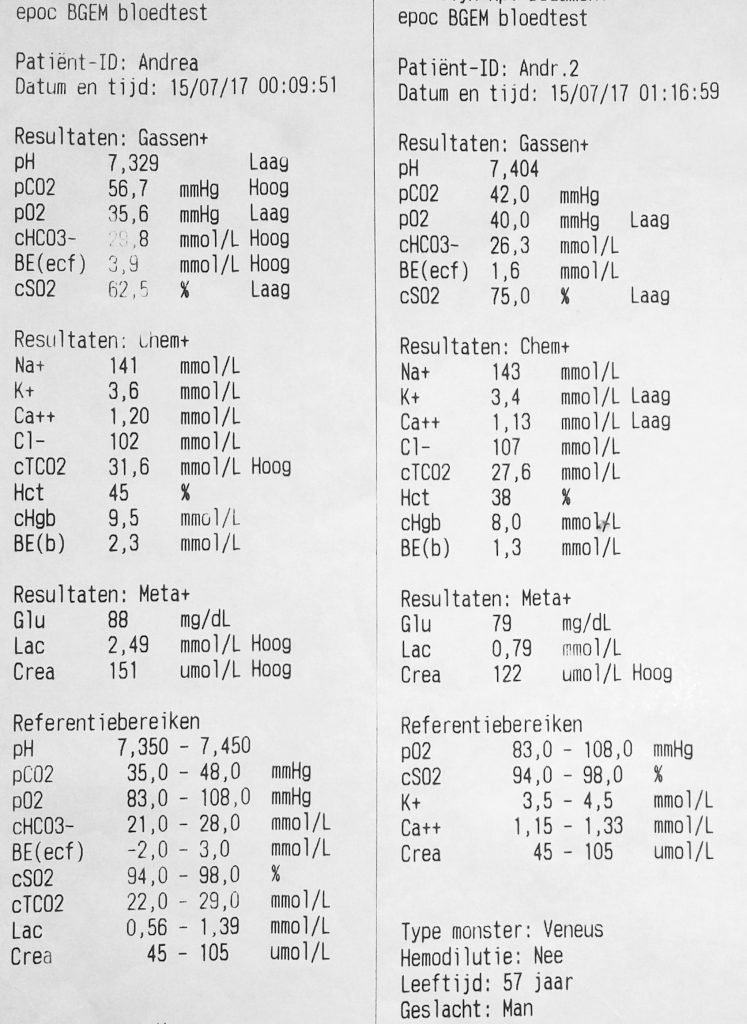How CDS works
ClO₂ is a yellowish-greenish gas that has a similar odor to swimming pool water. Unlike chlorine (Cl2), however, it does not contain chlorine molecules and is stable in water if it does not come into contact with sunlight (UV) or evaporate.
This gas has been known since 1833, but only recently have researchers discovered its therapeutic efficacy. Chlorine dioxide is primarily an oxidizing agent and has been used for 100 years to treat drinking water and for various industrial and domestic purposes. Chlorine dioxide is a gas that is produced when sodium chlorite (NaClO₂) reacts with an acid and is used for water treatment. It is used to eliminate pathogens in water and wastewater. It is safe and has been approved by the Food and Drug Administration for use in drinking water. It has the ability to kill viruses, bacteria, fungi and prions by attacking proteins through oxidative charge. In addition, it has an oxidative effect on virus spike proteins cysteine and tyrosine bonds, giving it excellent antiviral properties.
Chlorine dioxide reacts with sulphur-containing compounds in bacteria and makes it impossible for them to multiply. It also has an antifungal effect by reacting with the ergosterol in the cell walls of fungi and converting it to ergocalciferol (Vit D₂) through a reaction involving the cleavage of the B-ring. It has also been shown to be effective against other viruses such as hepatitis A, B and C and reduces viral replication in the lungs.
ClO2 has a unique mechanism of action compared to other disinfectants. When it is bubbled through water, it is absorbed as an ion. Chlorine dioxide creates a negative charge around the water molecule, especially in the presence of salts. This negative charge effectively neutralizes the positively charged proteins of the viruses, thereby deactivating them. Chlorine dioxide is also effective against encapsulated viruses as it can penetrate their outer shell as a gas.
Chlorine dioxide is produced in different forms and the result is not the same. CDS is the name Jim Humble gave to the gas dissolved in water in 2012. Unlike MMS, which is a mixture of sodium chlorite (NaClO₂) and an acid and can cause stomach upset and side effects, CDS does not contain sodium chlorite and therefore does not produce any by-products when used dissolved in water. The main advantage of chlorine dioxide in the form of CDS over chlorine is its neutral pH and its safety for human health and the environment. Unlike chlorine, chlorine dioxide does not form toxic trihalomethanes (THM).
Although the gas should not be inhaled in large quantities, toxicology studies have shown that CDS can be safely administered orally, intravenously, buccally (into the oral mucosa), transdermally (through the skin) or applied directly to the skin. It is effective in the treatment of any bacterial or viral infection. Therefore, it is safe to use in appropriate doses.
In a venous blood gas analysis, the following results were observed:
The pH of the blood became more alkaline, indicating a decrease in acidity and increased basicity in the blood.
There was an increase in blood oxygen levels, indicating improved oxygenation of the body.
The concentration of carbon dioxide (CO₂) in the blood decreased, suggesting good elimination of CO₂ through respiration.
An improvement in acid-base balance was observed, especially in the base deficit, indicating better pH regulation in the body.
Blood glucose levels normalized. (hyperglycemia in other cases was reduced).
There was a significant reduction in blood lactic acid levels, indicating improved elimination of metabolic waste products.
In summary, the venous geometry results show an improvement in all aspects important for the proper functioning of the organism, such as acid-base balance, oxygenation, metabolic activity and blood glucose levels.

Images of effect of CDS on the blood:
In these three phase contrast microscopy images you can perfectly observe the effect of CDS on the small red blood cells that at the beginning were in a very bad agglutinated state and lacking of oxygen.
After infiltrating the CDS in maximum concentration of 3000 ppm from the left side you can immediately appreciate the oxygenation.
And 12 minutes later all the blood is in an optimal state of oxygenation.



